 TECH
TECH
 Images Courtesy of Lisa Jones & Chadly Johnson
Images Courtesy of Lisa Jones & Chadly Johnsonome of General Motors’ truly spectacular cars were built from 1964-72 on what was called the A-body platform. Over the years there has been some confusion about the A-body designation as it had been used by GM as far back as 1926 to distinguish between the various chassis dimensions being built for the variety of brands produced. The alphabet soup basically continued into the ’60s indicating the size of the car: “A” representing most Chevrolets and Pontiacs, “B” Buicks and Oldsmobiles, “C” Series 60 Cadillacs and Buick Roadmasters, and “D” Cadillac Series 75.
Beginning in 1964 the A-body designation was used to identify intermediate-size cars that included versions of the Chevrolet Chevelle, Pontiac Tempest, Oldsmobile Cutlass, and Buick Skylark. Interestingly, GM had a corporate policy that limited engine displacement for these cars to 330 ci. However, the brain trust at Pontiac decided to stuff 389ci V-8s into the LeMans and created the GTO package as an option. The resultant sales caused the GM management to see dollar signs, so they bumped the cubic inch limit to 400 for 1965. By 1970 the cubic inch restriction was removed, giving rise to some of the most impressive muscle cars ever produced.
AME faced a number of challenges when designing their GT Sport chassis for the GM A-bodies, not the least of which was making it fit tight to the body. That problem was solved with unique angular framerails and centersection that tuck tight to the floorpan. The AME framerails not only provide extra ground clearance but improve torsional rigidity when compared to the stock frame and provide additional body mounting as well.
Of course, a stiff chassis is necessary for the suspension to work as it should. Up front, the A-body chassis comes with AME’s Sport C6 IFS. It includes specially designed tubular control arms with optimized geometry that delivers contemporary sports car–like handling with excellent ride qualities. Rear suspension options include triangulated four-bars, with a 9-inch housing, adjustable coilovers, and an adjustable antiroll bar or AME’s Multilink independent rear suspension.
MetalWorks does everything from supplying parts and pieces from MetalWorks Speed Shop’s huge inventory to building complete turnkey vehicles. Show-quality paint and bodywork are done in-house and a complete fabrication shop can handle anything from hand-built body panels and floors to custom-bent rollcages. They also do metal dipping for paint and rust removal (check out metaldipping.com for more information).
Along with everything else they do, MetalWorks are specialists at performing chassis swaps. As they explain it, a major benefit of a body swap is to upgrade a classic car or truck’s performance without the heavy cost of a complete restoration. For those happy with their vehicle’s appearance there is no need for paint, upholstery, and so on. MetalWorks can swap the body onto a modern chassis. The end result is a classic that will look the same as before with a radical difference in its performance.
Case in point is the original-paint ’70 Chevelle shown here that MetalWorks has updated with an AME chassis swap and a running gear update with a Chevrolet Performance Connect & Cruise combination. In this case, the engine is an LS3. The engine displaces 376 ci and makes 495 hp and 473 lb-ft of torque. The Gen IV small-block is backed by a 4L70-E four-speed automatic transmission. Based on the 4L60-E/4L65-E, the 4L70-E has increased horsepower and torque capacity thanks to heavy-duty parts such as five-pinion gearsets, heat-treated stator shaft splines, induction-hardened turbine shaft, seven-plate clutch, and a specific valvebody calibration.
To make the engine and transmission function, the Connect and Cruise package includes engine and transmission controllers. According to Chevrolet Performance, “These controllers are uniquely calibrated for installation in older vehicles. That means many features required for late-model production vehicles are ‘turned off’ because they’re not required in older cars and trucks. That prevents the unnecessary triggering of diagnostic trouble codes that could possibly affect performance or require additional calibration adjustments.”
Thanks to AME and MetalWorks, ’64-72 GM A-body owners can have a contemporary high-performance vehicle wrapped in classic vintage sheetmetal. It’s not really magic, but it’s close.

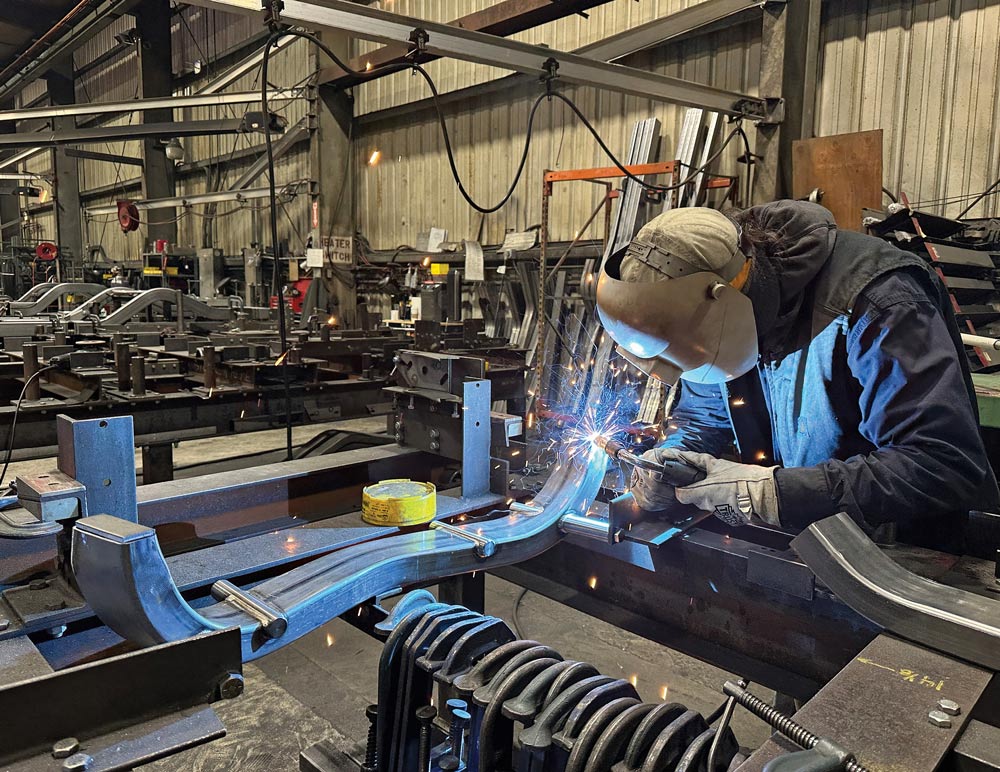





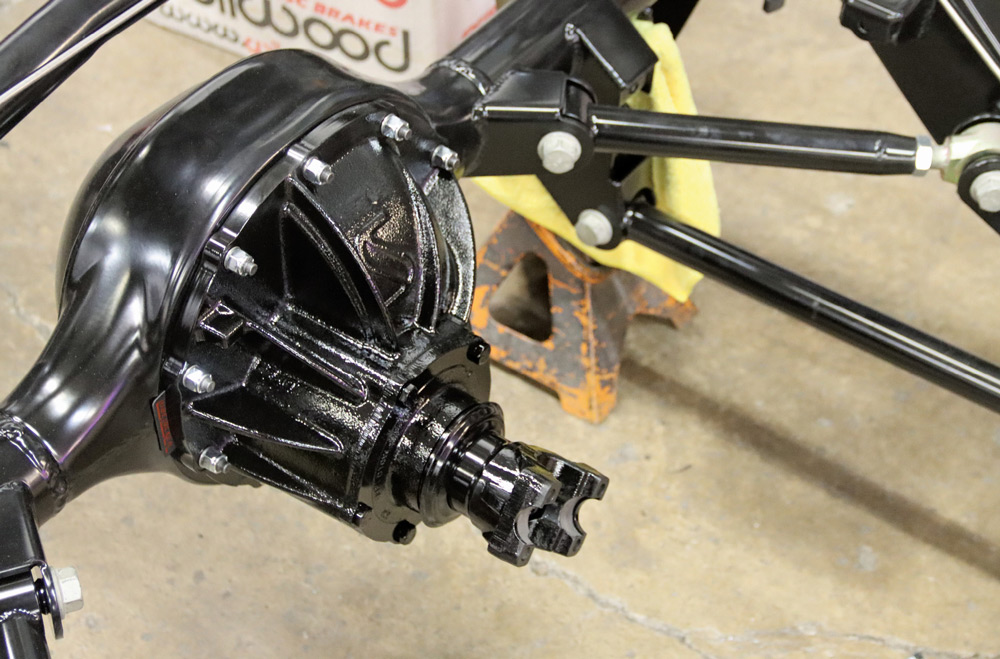



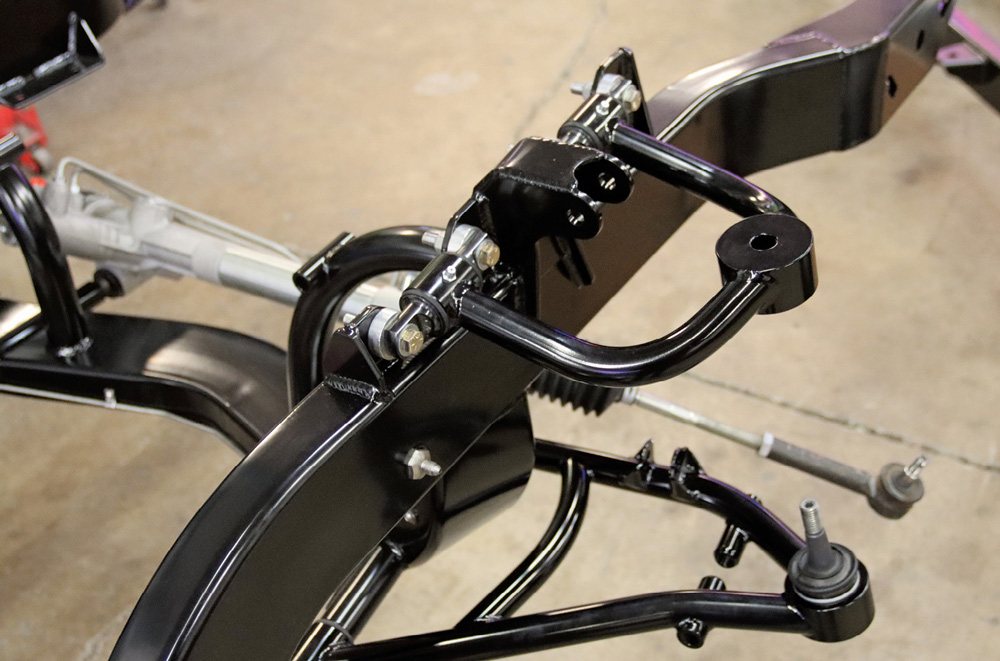

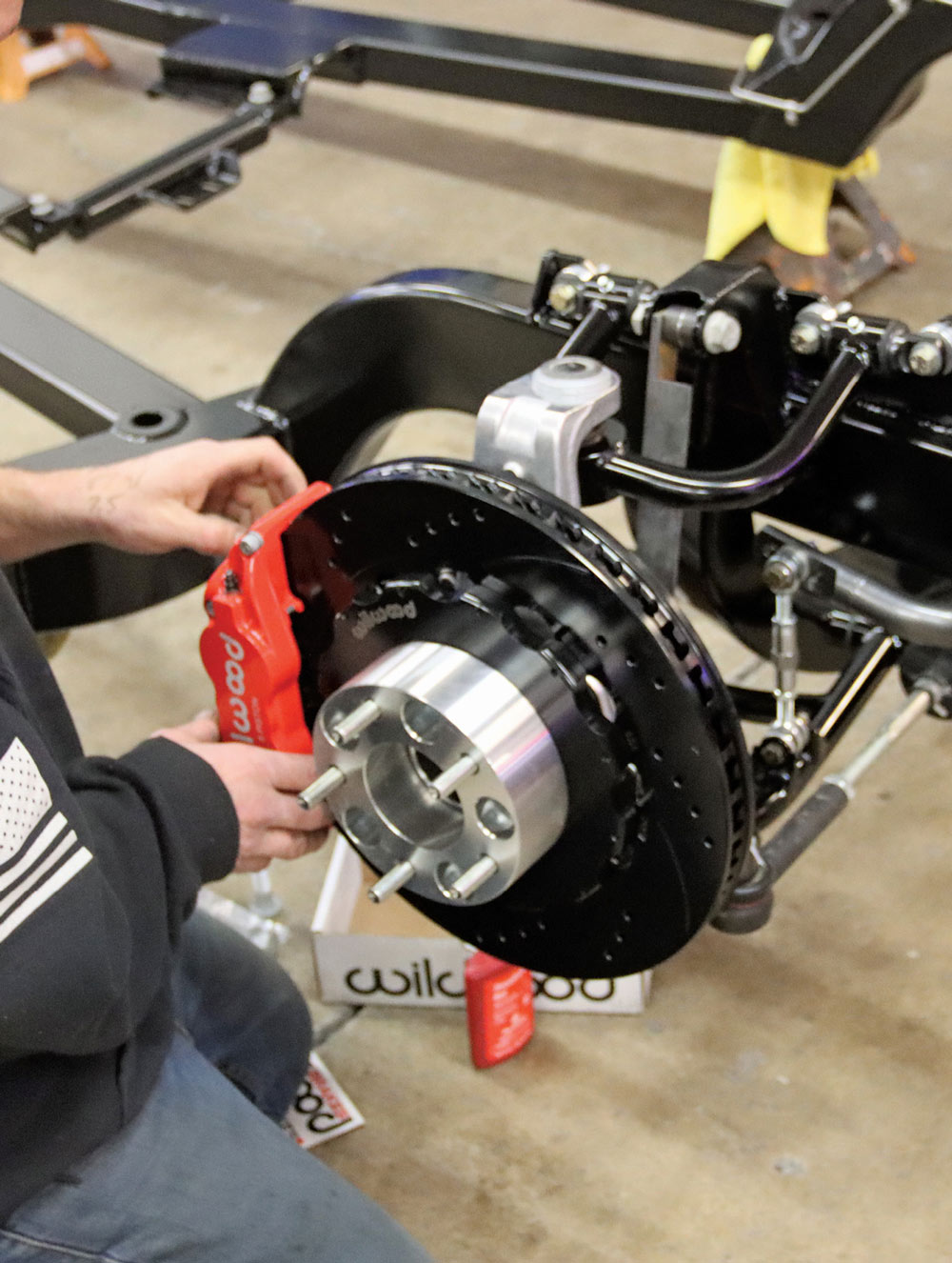
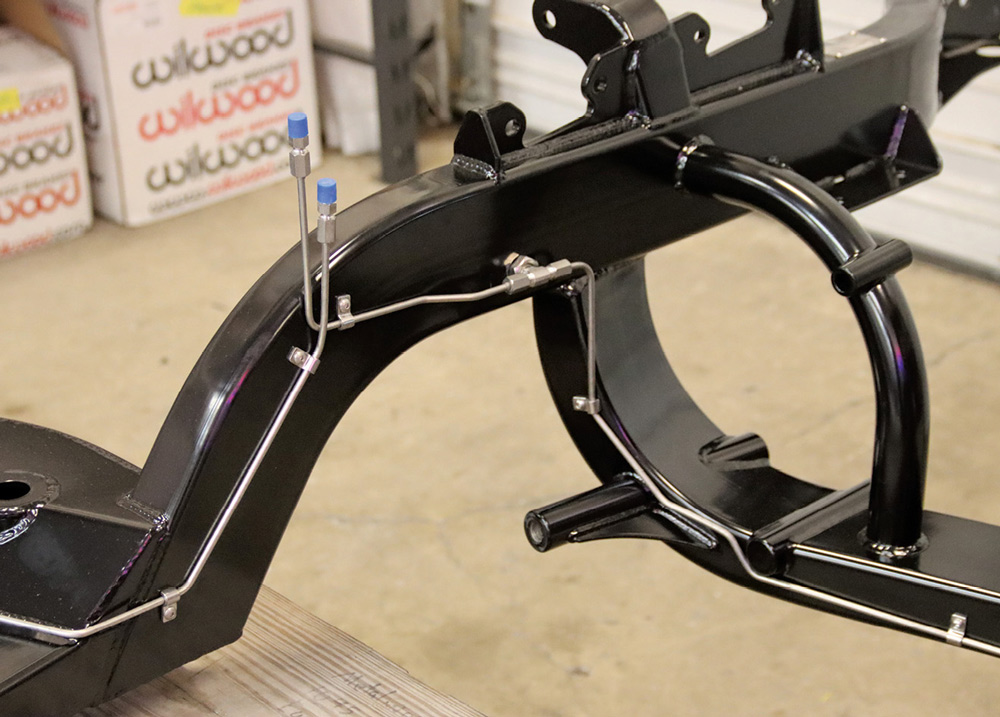



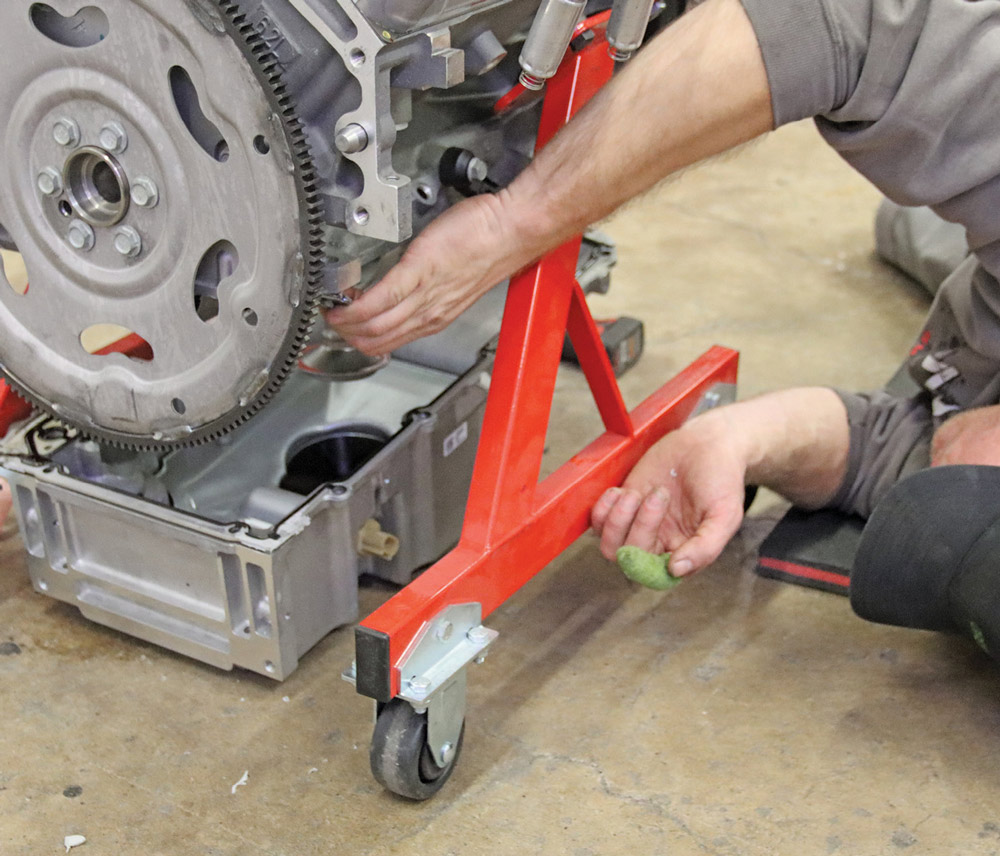
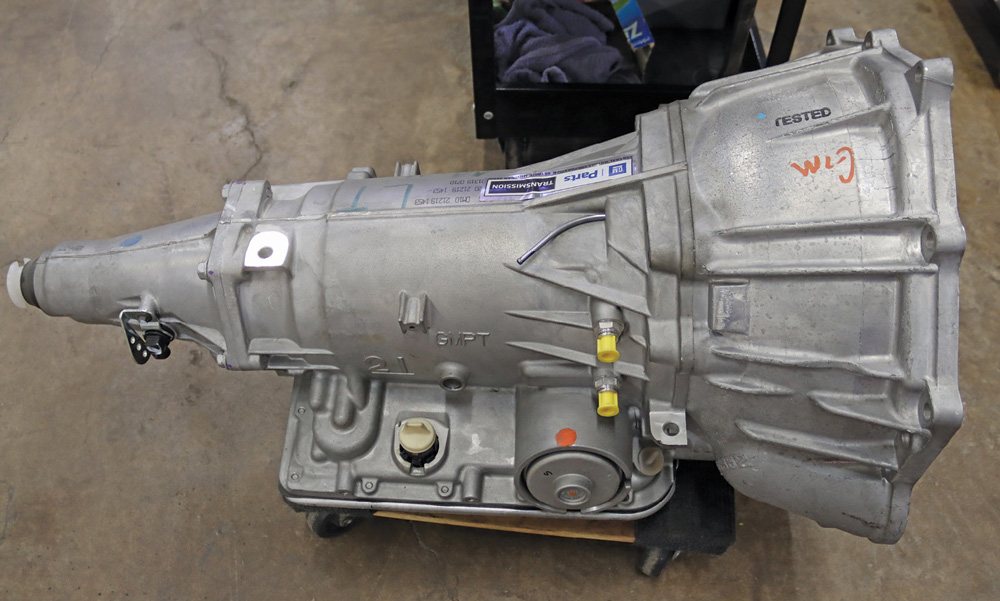
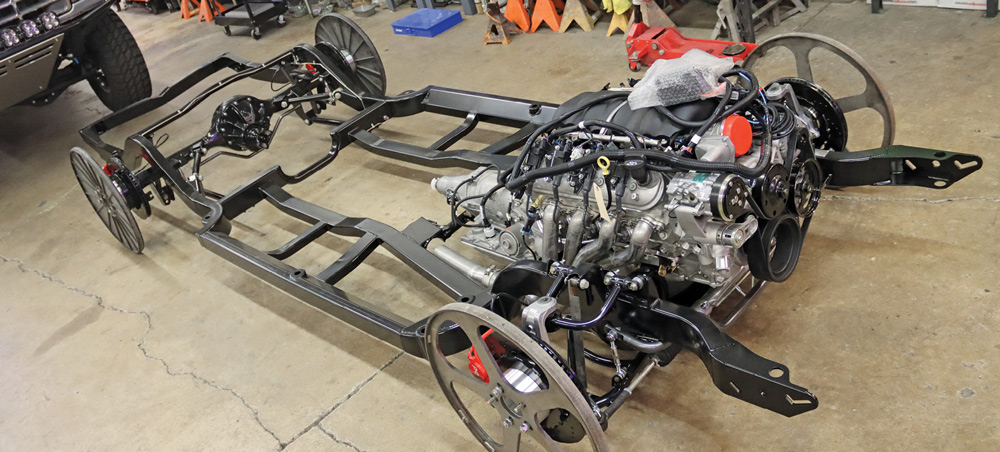
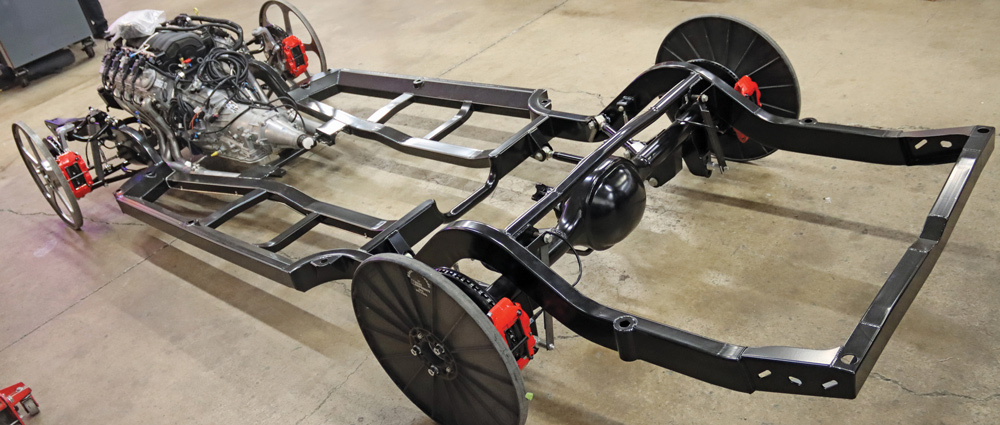
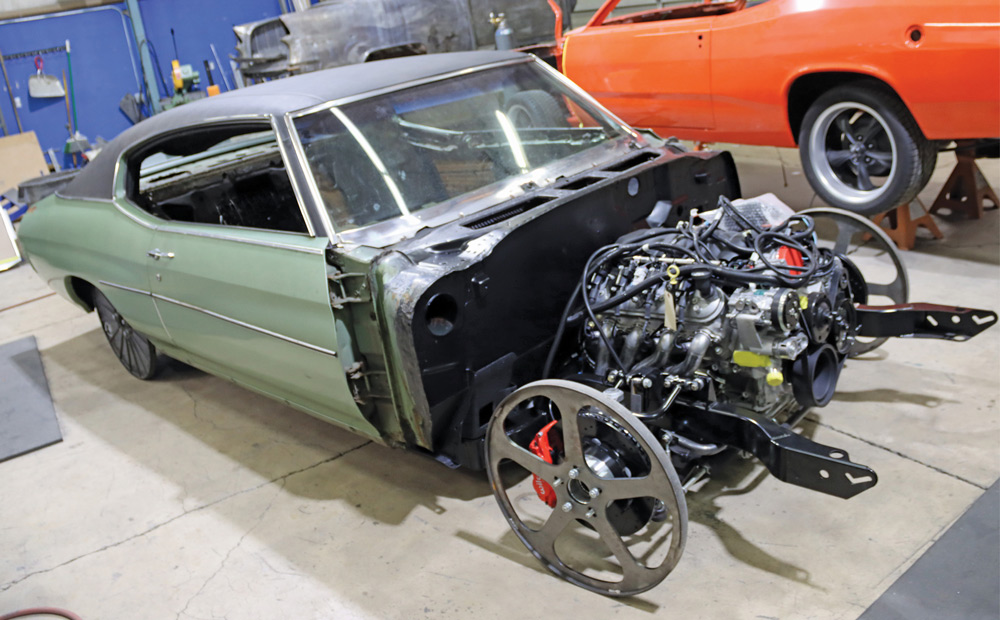
 SOURCES
SOURCES